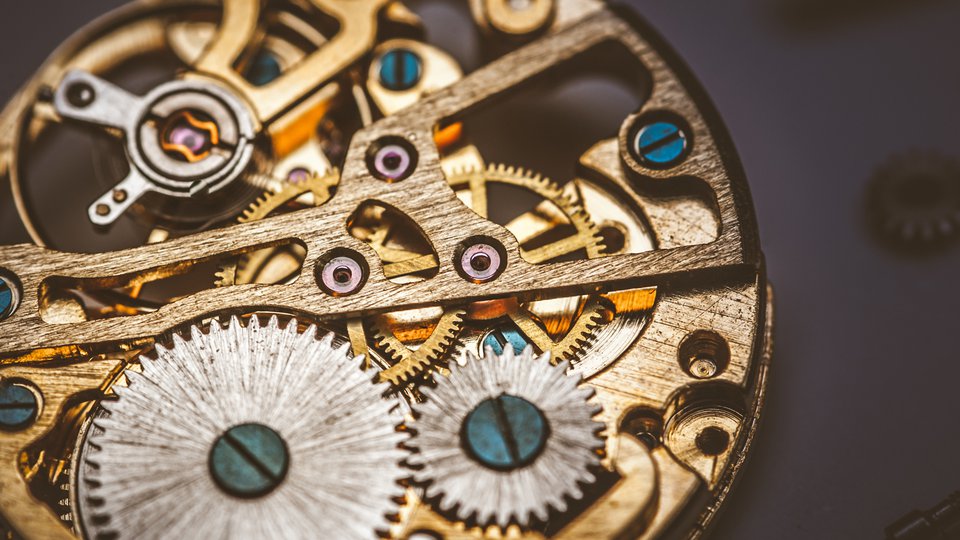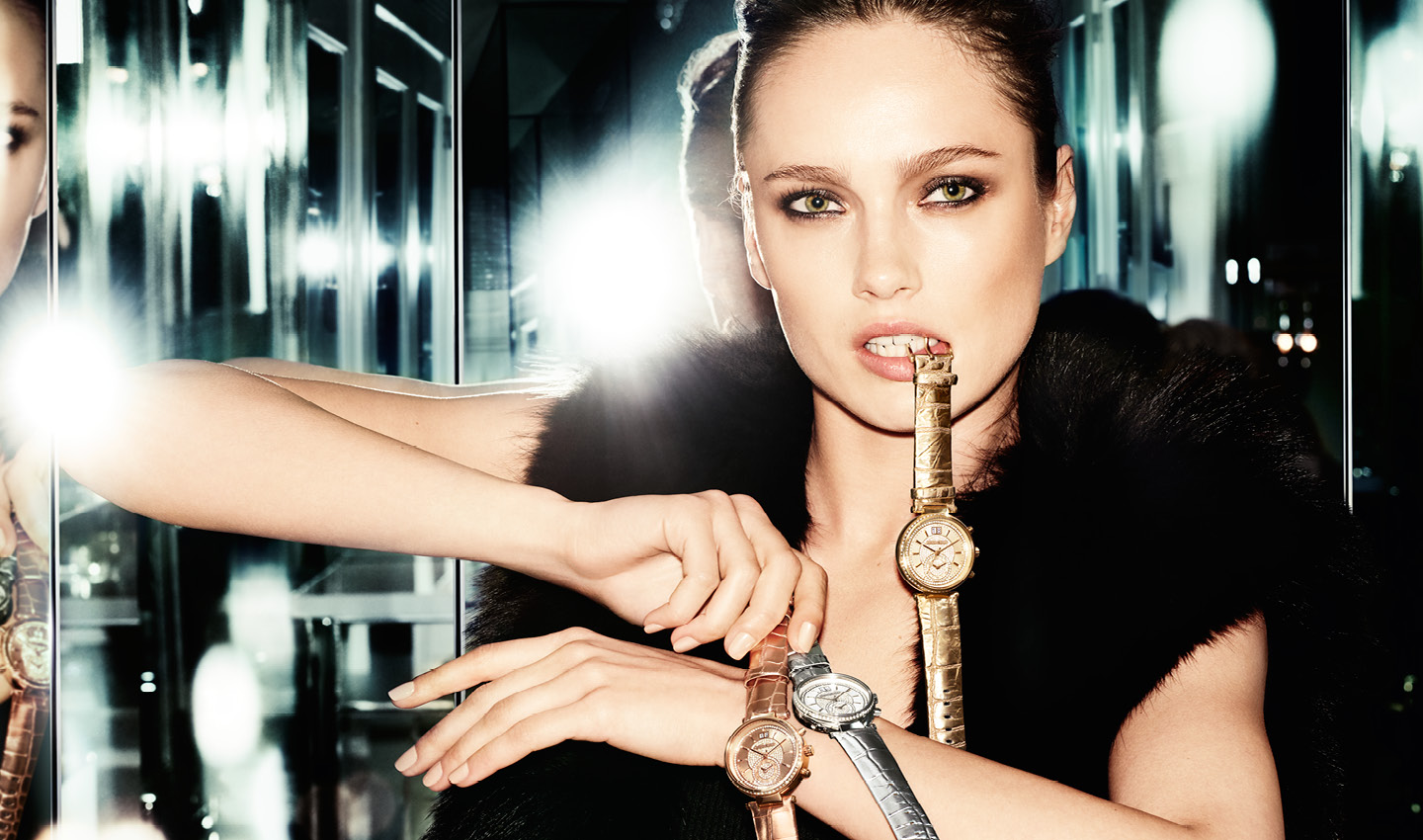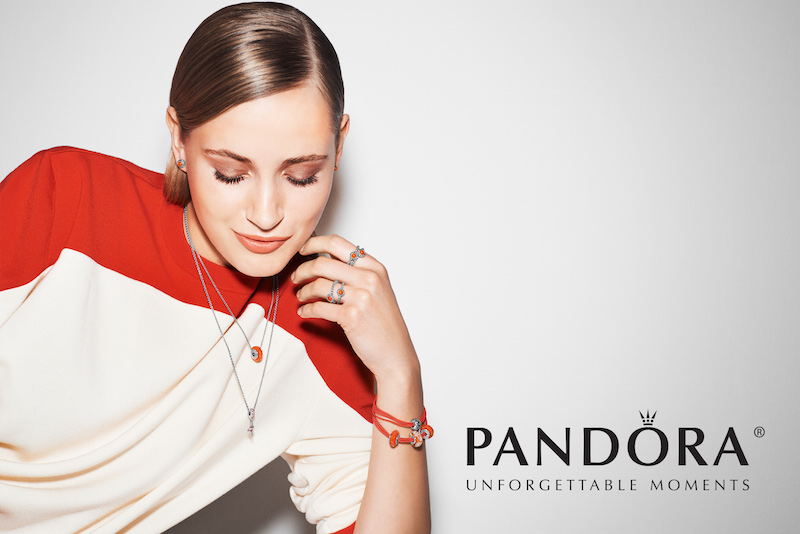Luxury Society Knowledge Partner Futurecast looks into the affluent millennial jewellery box to reveal insights into the watch and jewellery preferences and purchasing modes of this lucrative and growing set.

Luxury Society Knowledge Partner Futurecast looks into the affluent millennial jewellery box to reveal insights into the watch and jewellery preferences and purchasing modes of this lucrative and growing set.
Anyone who has yet to be inundated with the plethora of research and reporting conducted on millennials must have been living on a well-stocked island over the last 10 years. I’m jealous.
For those who have seen the books, stories, reports and documentaries, it would appear that all things millennial have been well pored over, researched and sensationalised. Yet, looking more closely at this set, its clear that there’s plenty more to be discovered. In the watch & jewellery sector, specifically, this new generation displays some very distinct preferences and behavioural trends.
“ Today, watches take up only a 4% share in a millennial jewellery box, but that jumps to 10% for adults over the age of 35 ”
To begin by the basic numbers, there are about 6.2 million millennial households that report earning at least $100,000 annually. According to Unity Marketing, this group will take over as the largest generational segment in the luxury consumer market around 2018-2020. This is especially true for brands in the luxury jewellery and watch category.
Today, watches take up only a 4% share in a millennial jewellery box. However, that number jumps to more than 10% for adults over the age of 35. As millennials are rapidly approaching the big 3-0 birthday, we can expect their timepiece collection to grow exponentially.
However, the look and style of those watches will likely be vastly different from the classic looks that used to define affluence. “Every generation brings its own trend, its own taste, its own way living,” said Jean-Claude Biver, CEO of luxury watchmaker Tag Heuer in an interview for CNBC. “The younger generation is more disruptive.”
“ 52% of millennials who have purchased jewellery in the past three months like to show off their taste & style ”
Through our research at FutureCast, we have tapped into three trends that have the potential to pave the way for the future in the luxury jewellery and watch category.
1. Millennials are skeptical about the luxury label
For millennials, luxury is not defined by how much money you spend, but rather how priceless an experience is. You will see very few young adults (regardless of how affluent they are) dish out tens of thousands of dollars for a Rolex watch, however they will drop the same amount on a one-of-kind vacation to the Thailand and you better believe they will document the entire trip on their Instagram account.
However, while the definition of luxury is certainly changing, there is still some validity to the fact that nice things make a person feel more successful.

Michael Kors
According to Forrester, 52% of millennials who have purchased jewellery in the past three months like to show off their taste and style and 48% of those same millennials agree that owning the best brand is important to them.
The key, however, is to position fine jewellery as something that is defined by the person wearing it – not the other way around.
For example, a millennials might think, “my engagement ring does not define me; I define it.” Comparing generations, a boomer looking at fine jewellery may be more concerned about the 4 C’s of their product. However, while an affluent millennial still wants high quality they are not as concerned about standards as opposed to what the brand stands for.
“ The price tags that come with high quality jewels or watches must be based on a deeper level of emotional connection ”
2. Sentiment is biggest luxury jewellery purchase driver
As an experience oriented generation, most fine jewellery and luxury purchases have strong sentimental value for millennials. These budget conscious shoppers are not quick to spend on impulse purchases so the price tags that come along with high quality jewels or watches must be based on a deeper level of emotional connection.
Although Pandora Jewellery is not typically seen as a millennial brand, the company has undergone significant changes in order to reimagine the customer experience based on the values of modern consumers.
Last year, Pandora released a new campaign for Mother’s Day highlighting the emotions that every mother feels about her children. Six mothers were placed in a line and their children were blindfolded and asked to see if they could determine who their mom was based on touch alone (don’t worry every child picked their mom on the first try).
“ Diamonds might be forever, but wearable tech is right now ”
The advertisement has virtually nothing to do with Pandora’s actual collection, aside from a few shots of the women wearing Pandora jewellery. What the ad is actually expressing is that these mothers are not defined by their jewellery.
Instead, their personalised jewellery is defined by the people who give them and by what meaning is behind them.
Pandora is still very much a luxury brand that offers very high quality products. However, it does not market itself as luxury in regards to class; it is luxury because of what the jewellery means and how it makes each individual mother stand out in her own way.

3. Technology is luxury
Diamonds might be forever, but wearable tech is right now. Tory Burch recently partnered with Fitbit to release a new line of high fashion fitness trackers. For young adults, exercise trackers that connect with smart devices are becoming almost more common than the traditional wristwatch or bracelet. Brands that have tapped into a way to combine both are seeing extremely positive results and reactions among the millennial audience.
While Rolex and Cartier might not have jumped on board yet, it won’t be long until affluent millennial shoppers demand more tech connectivity from the major brands.
Let’s take a step back for a moment and really think about what makes the jewellery industry so special. I’ll let you in on a little secret – it’s not actually about the jewellery. It’s about the person. For centuries, people have been adorning themselves with jewellery to remember an event, mark a special occasion, demonstrate status, represent love; the list goes on and on. However, really investigating these moments, we learn that the while the jewellery has changed, the events and the human desire for quality have remained constant.
For more exclusive Baselworld-related coverage, follow Luxury Society‘s exclusive ’Baselworld 2016 Inside/Out’ series via: #LSBaselworld
To further investigate the watches and jewellery sector on Luxury Society, we invite you to explore the related materials as follows:_
– Switzerland: Land Of Luxury Or Sinking Ship?
– Focus: 3D Printing & Watchmaking
– Top 10 Watch & Jewellery Brands 2015: Instagram









